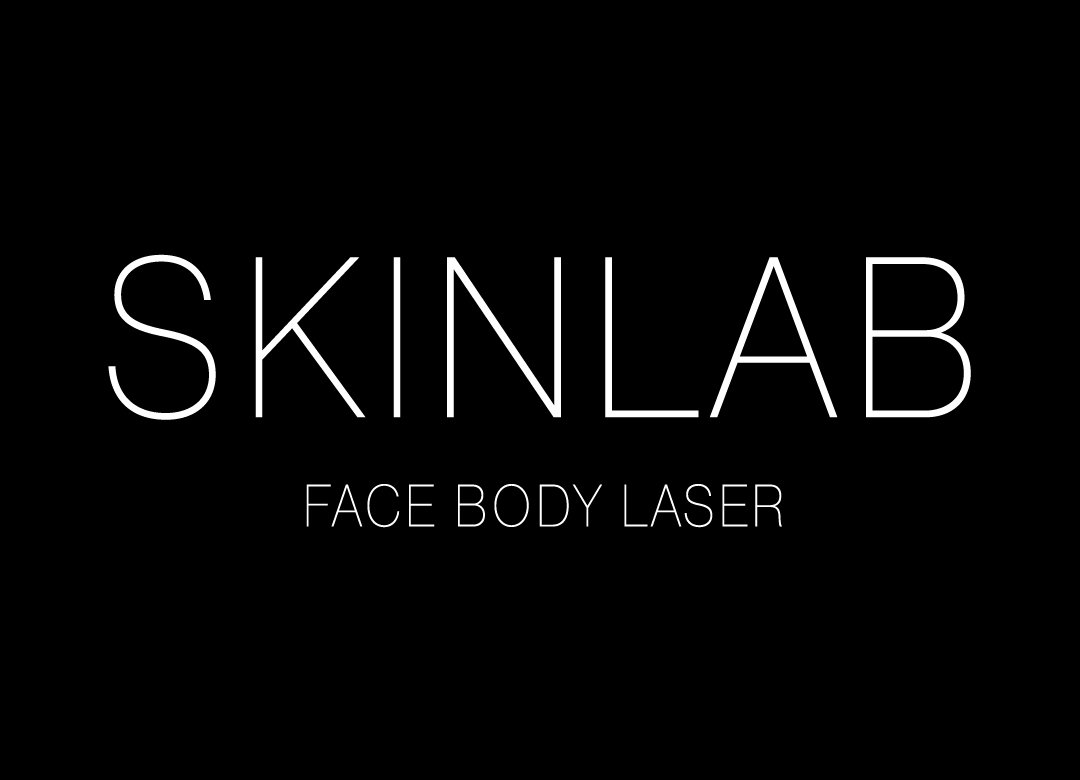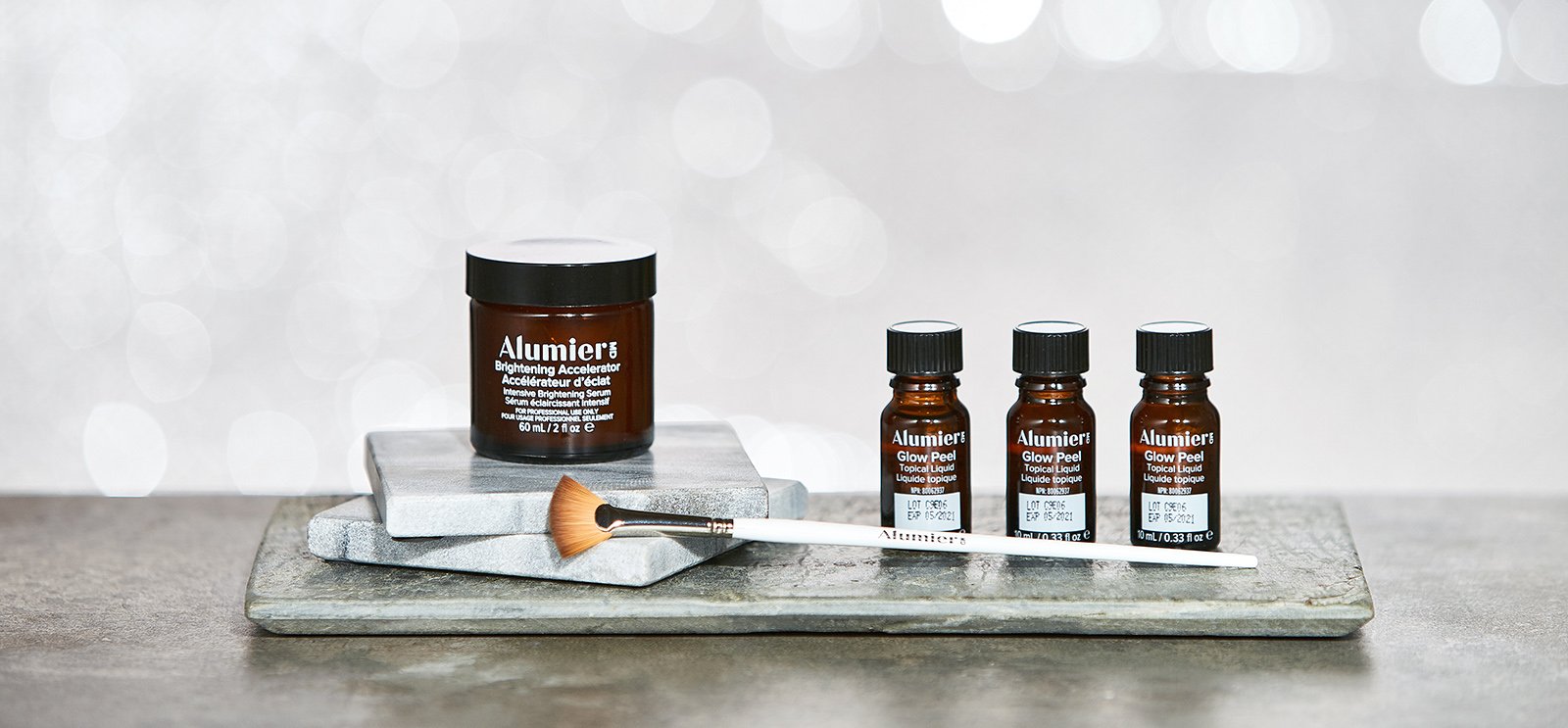
Dealing with acne
About Acne
Acne is a common skin condition that affects almost 85% of people at some point in their lives. It is characterised by the presence of comedones, papules, pustules, and cysts. Acne most commonly develops on areas of the body that contain a lot of sebaceous glands, such as the face, neck, chest, back, and shoulders. Acne usually begins during puberty, but many adults also develop the condition.
We take a practical, personalised approach to acne reduction by focusing on the underlying factors contributing to breakouts, congestion, inflammation and post-acne marks. During your consultation, we assess your skin, lifestyle influences and pattern of breakouts to determine the most effective treatment plan.
-
There are various treatments available for acne, including topicals, oral medications, and surgery. Some people may also benefit from lifestyle changes, such as reducing stress, regular facial treatments or making dietary changes.
Our aim is to support clearer, calmer skin over time rather than offering quick fixes that do not last. Many clients find that a structured plan helps reduce the frequency and severity of breakouts while improving texture and confidence. Because every case of acne is unique, we build your treatment plan around your skin’s needs, sensitivity levels and any previous treatments you may have tried.
If you are unsure whether your acne is hormonal, inflammatory, comedonal or a mix of different types, we can help you understand what is happening in your skin and guide you through each step. A consultation is the best place to start.
Types & causes of Acne
-
Blackheads and whiteheads (aka open and closed comedones) occur when a plug made up of sebum and dead skin cells can be seen inside a follicle (pore) but do not cause any inflammation or redness.
Blackheads: If the plug enlarges and stretches the pore, it is referred to as a blackhead. Blackheads aren’t trapped dirt. Rather, the dark colour is a build-up of melanin and oxidized oil.
Whiteheads: When a thin cover of skin traps the plug, it prevents the oil from oxidizing. This keeps it white and creates a whitehead.
-
When follicles are blocked by sebum and skin cells, the follicular wall is under pressure. If the pressure is great enough, then the follicle wall will break and the contents will spread into the surrounding skin. When your immune system responds to this bacteria and sebum, inflammatory acne occurs. The degree of inflammation determines the size and redness of an acne lesion.
Papules: Pink or red bumps without a white or yellow centre.
Pustules: Red bumps with a white or yellow centre of pus. Pustules are formed when the plug inside a pore traps oil and bacteria, which draws white blood cells to the area to fight infection. Pus is made up of dead white blood cells.
Cysts and nodules: Larger (and often painful) acne lesions that extend into the deeper skin layers. Cysts and nodules can last for months, destroy the follicle and lead to permanent scars. Individuals with this type of acne should see a dermatologist for treatment.
-
Acne is caused by three major factors:
Blockage of hair follicles (pores), where sebum (oil) is produced, by dead skin cells
Overproduction of sebum
Proliferation of P. acnes bacteria and consequent inflammation.
What our clients are saying:

Book a consultation
With years of experience and training, our team will develop a treatment plan that is tailored to your specific skin goals and help you achieve the results you deserve.




